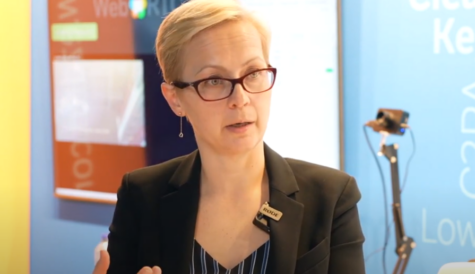
After more than 40 years of operation, DTVE is closing its doors and our website will no longer be updated daily. Thank you for all of your support.
HbbTV Association moves forward with app discovery spec
The HbbTV Association has published its specification for phase 2 of application discovery over broadband (ADB).
 According to the HbbTV Association, this specification has been developed for markets in which set-top boxes are extensively used for TV reception, a potential barrier to consumers accessing HbbTV services.
According to the HbbTV Association, this specification has been developed for markets in which set-top boxes are extensively used for TV reception, a potential barrier to consumers accessing HbbTV services.
The ADB feature is designed to enable consumers to access HbbTV services on their TV sets, even when not supported by the set-top box. ADB phase 2 is suitable for all types of set-top boxes: cable and satellite as well as IPTV and OTT.
ADB phase 2 extends phase 1 with video and audio watermarking. When a compliant TV set receives the signal of a particular TV channel from the set-top box, it will discover via its broadband internet connection if there is an HbbTV app related to this particular channel and run that app. Further, the TV set will detect channel changes and other reasons for stopping the HbbTV app. The watermarks used in phase 2 also support synchronising the app to the TV image flow.
The extension employs watermarking technologies specified by ATSC, to facilitate interoperability and enable manufacturers and broadcasters to source and deploy technology components on a global basis.
ADB is a standalone, independent specification and not included in the core HbbTV specification. If it is widely picked up in the market by broadcasters and supported by manufacturers, it could be included in a future version of the core specification, according to the HbbTV Association.
“We are very excited about this key advancement of the ADB specification as this opens a whole new and large market segment to HbbTV services,” said Vincent Grivet, Chair of the HbbTV Association.
“It will further strengthen the leading role of HbbTV as the simple and effective technology to offer viewers attractive interactive services, independently of their TV reception situation, beyond the traditional direct broadcast situation which in certain key markets is not any longer the prevailing case.”


